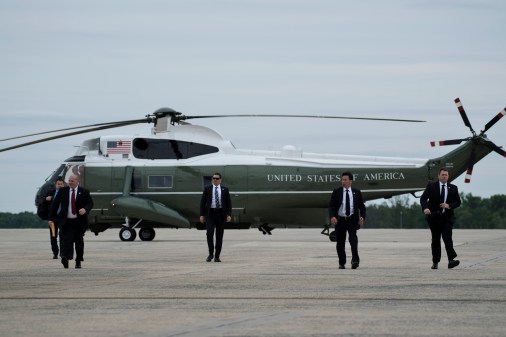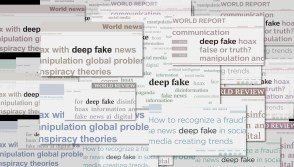Meerkat and the government’s social media maturation
Prior to the Obama administration, creating a social media outlet for a federal agency was tedious. Clearances were needed, terms had to be set and nothing close to a “social media strategy” existed.
Skip ahead to two months ago, when Commerce Secretary Penny Pritzker swore in Michelle Lee as director of the U.S. Patent and Trademark Office at the South By Southwest Interactive Conference in Austin, Texas. The ceremony, which marked the first time a cabinet member had been sworn into office outside of D.C., was live-streamed via Meerkat. The app, which broadcasts live video through people’s Twitter accounts, was a little more than two weeks old.
The quick adoption of these highly social live stream apps serve as a testament to how far governments have come with social media over the past few years. Once bogged down by red tape and a lack of know-how, agencies and lawmakers are flocking to new platforms as quickly as the rest of the population.
“You need to look at the change within the organization,” Meerkat CEO and founder Ben Rubin told FedScoop Friday. “Before Facebook and Twitter, there was no one in the org chart that dealt with social media. You would ask someone and they would say ‘What are you talking about? I don’t even know where to start.’ Now they are ready. There are digital departments from news to diplomacy to government.”
Since Meerkat went live, federal agencies along with state and local governments have experimented with live stream apps. The Interior Department posted a live glimpse of Everglades National Park’s alligators this past Earth Day on Periscope, a live stream app similar to Meerkat. Philadelphia city government jumped aboard the Meerkat platform without any sort of strategy meeting or public announcement.
Where the app is really looking to take off is with potential presidential candidates in the run-up to the 2016 election. Former Florida Gov. Jeb Bush, a Republican, has already used the app recently while speaking to voters in Atlanta, and many people think it will be revolutionary in the same way Twitter and Facebook were for Barack Obama when he ran for his first term in 2008. Rubin said in the past month, people from his team have been to D.C. twice to talk to people gearing up for the campaign trail.
“This new participatory medium, the new way to engage audience, has huge potential for candidates who want to show a more humanized side,” Rubin said.
He’s also quick to point out the experience Meerkat could bring to the public as a candidate assumes elected office, especially if the app is used in a unique way.
“The last thing that we want to see is using the same format in new devices,” he told FedScoop. “The phone just sitting there streaming, that’s not gonna fly. If Obama were to go to Iran and the person with him goes live [using the app], and the person says ‘Say hi,’ and Obama says ‘hi,’ I mean, when is the last time the president called you from the TV and said hi to you?’
While Rubin understands that campaigns or agencies are going to find ways to tailor live streams to fit their messages, the platform brings governments closer to its people and provides a new layer of transparency, he said.
“We have a long journey toward honesty and transparency in politics,” Rubin said. “This is not going to break the walls of honesty, but it’s going to be a positive step toward that. It’s going to give more materials as a voter to make actions.”






